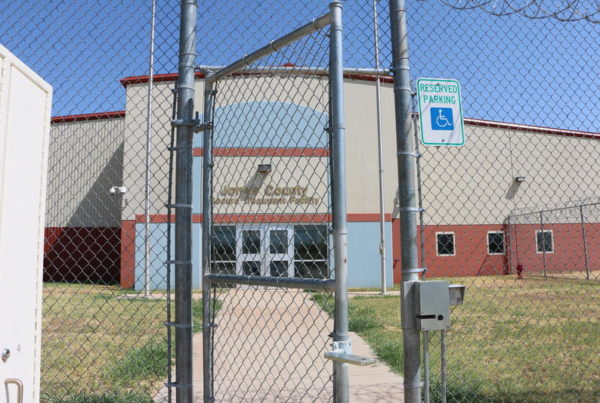Most discussions about the high cost college focus tuition and fees. But in some places, including the University of Texas at Austin, housing can be an even bigger cost.
Ali Breland reports for Type Investigations, a nonprofit group that helps fund investigative journalism. His recent story in Bloomberg Businessweek investigates how national apartment developers have become a powerful force in pricing out lower-income students, and pushing others further away from campus,
At UT-Austin, in-state tuition is around $11,000 per year. But housing in the West Campus area of Austin – adjacent to the university – can cost students far more than that.
“If you want to live near campus, if you want to be able to walk to your classes and have a sort of normal college life, you have to pay a lot of money to do that,” Breland says.
The alternative for many students whose families have low or moderate incomes, is to live in the East Riverside area, a 30-minute bus ride from the UT campus.
“It creates this economic stratification between students that can afford to live near campus and have a bit of an easier life … and students that have to struggle to get to campus, or take on a lot of debt if they don’t have a lot of money and want to live near campus,” Breland says.
Breland says students he spoke with say it is more difficult to stay engaged when they live far from campus. They join fewer organizations and participate in fewer extracurricular activities that might help them get into graduate school, or stand out when seeking jobs.
Between 2005 and 2010, developers added significant amounts of housing in the West Campus area, Breland says, which helped with a long-standing housing shortage for students. But the apartments developers built in West Campus were unaffordable for many. And rents in the area have continued to skyrocket.
For developers, the economics of providing housing for students has changed significantly. Breland says that despite the negatives – high turnover, a potential for irresponsible behavior – the fact that new students are always arriving to take the place of the previous cohort makes for good business.
“There’s always going to be demand for housing close to campus,” Breland says.
The university could help mitigate the high price of near-campus housing, Brenand says. UT could build more on-campus housing or acquire existing off-campus units to offer its students at lower rates.
“But in some ways, their hands are tied,” he says. “Across the country, state legislatures have scaled back on the amount of money they’re giving to colleges.”
Written by Shelly Brisbin.
















